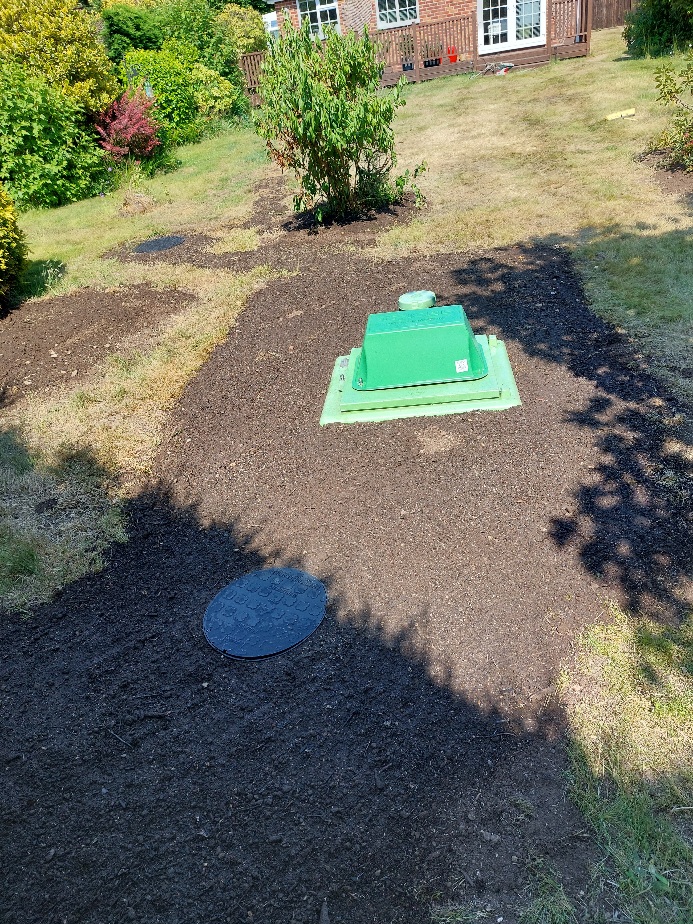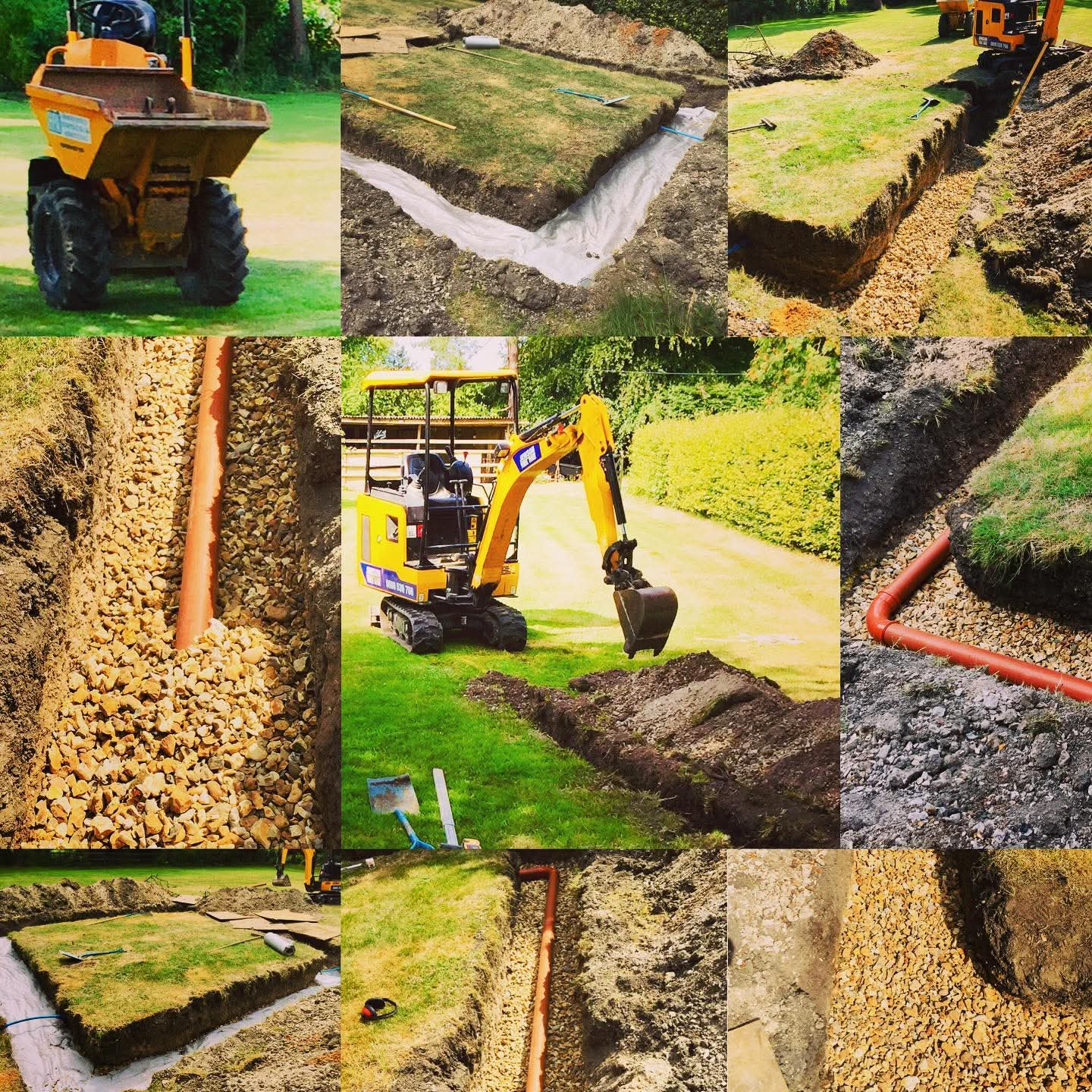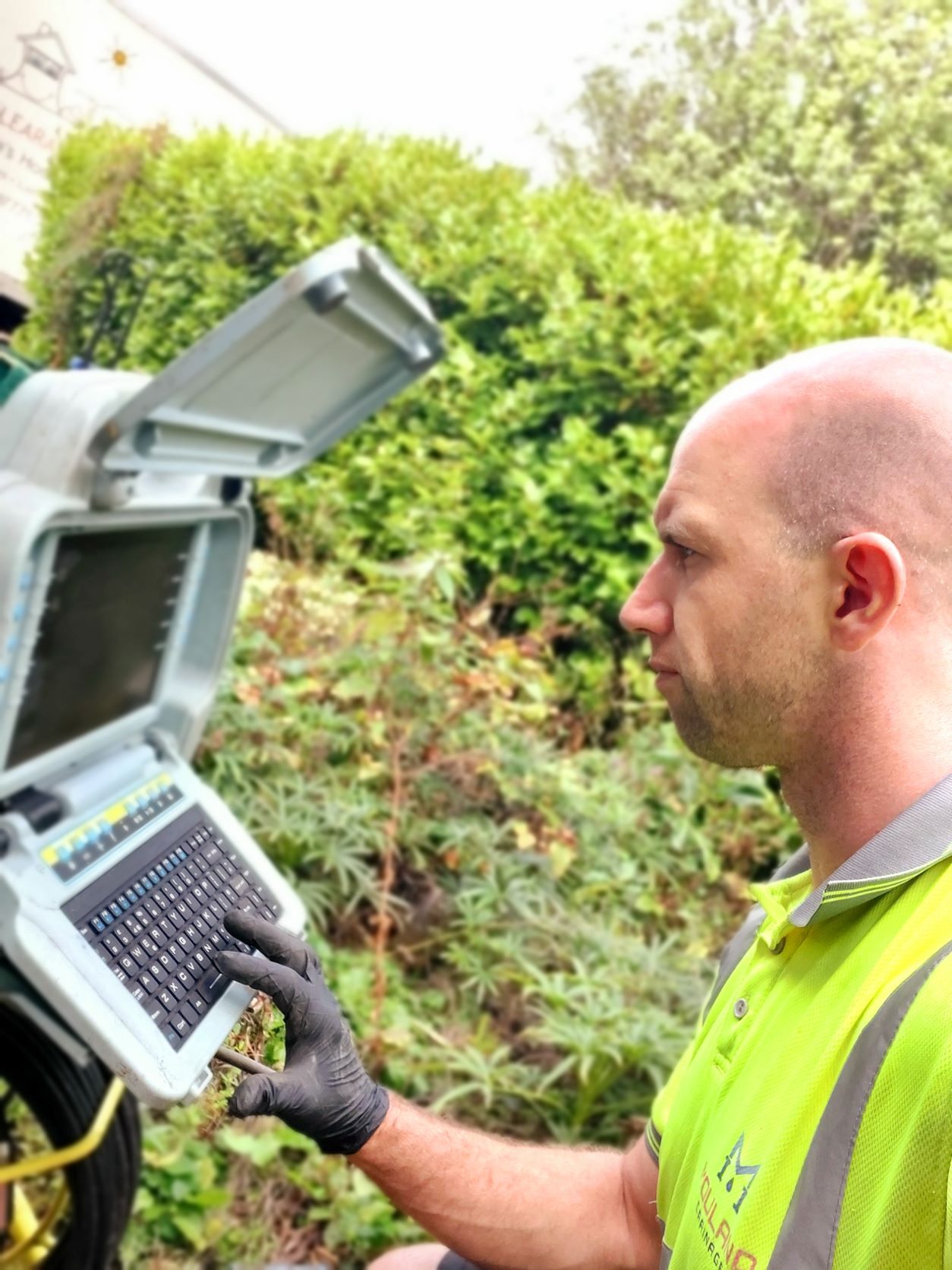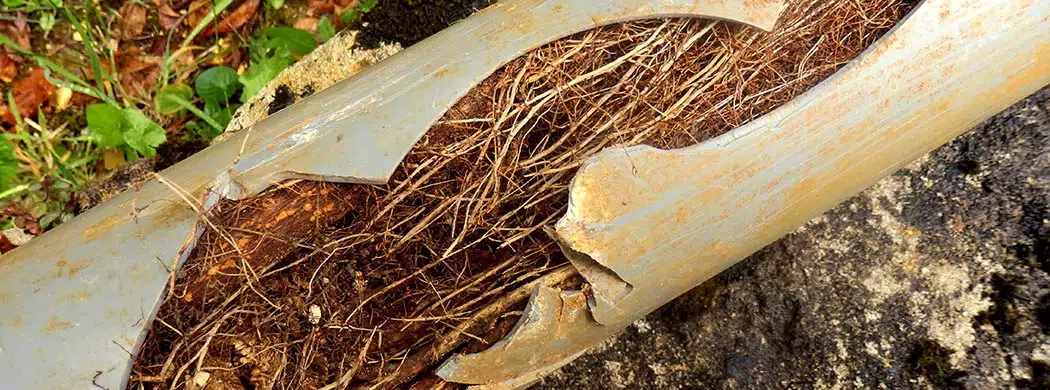Septic tank upgrade & sewage treatment plant installation Beaulieu, Brockenhurst and East Boldre








Condor Sewage treatment plant installation in Ringwood, Hampshire.
Just wanted to share some details about a project where we successfully installed a complete sewage system on a property that previously didn't have one.
For this installation, we chose a robust and easy-to-maintain HDPE Condor ASP system.
The project took approximately one week to finish. We encountered a few challenges due to a high water table, but we successfully completed the installation with excellent results.
If you need a quote for to upgrade ypur septic tabk with a sewage treatment plant installation, don't hesitate to get in contact so we can discuss options on 07368295202
#septictankreplacement
www.moulanddrainage.co.uk or greg@moulanddrainage.co.uk
Areas covered : •Ashurst •Marchwood •Lymington •Keyhaven •Milford on Sea • Pennington • Hordle • Tiptoe •Sway •Battramsley •Everton • Pilley • South Baddesley • Norleywood •Portmore • Upper Pennington • Buckland •Beaulieu •Pilley •Brockenhurst •Burley • Lyndhurst •Bartley •Emery Down •New Milton •Blackfield •Holbury •Ashley •Bransgore •Ringwood •Bashley •Dibden purlieu •Hythe •Minstead •Cadnam •Winsor •Barton on sea •Boldre & East Boldre •Christchurch •Southbourne •Totton & Eling •Fordingbridge • Fritham •Nomansland •Landford •Linford • Gorley and North Gorley •Ower •Wellow & Surrounding areas.
Condor Sewage treatment plant installation in Ringwood, Hampshire.
Just wanted to share some details about a project where we successfully installed a complete sewage system on a property that previously didn't have one.
For this installation, we chose a robust and easy-to-maintain HDPE Condor ASP system.
The project took approximately one week to finish. We encountered a few challenges due to a high water table, but we successfully completed the installation with excellent results.
If you need a quote for a sewage treatment plant installation, don't hesitate to get in contact so we can discuss options on 07368295202
#septictankreplacement
www.moulanddrainage.co.uk or greg@moulanddrainage.co.uk
Areas covered : •Ashurst •Marchwood •Lymington •Keyhaven •Milford on Sea • Pennington • Hordle • Tiptoe •Sway •Battramsley •Everton • Pilley • South Baddesley • Norleywood •Portmore • Upper Pennington • Buckland •Beaulieu •Pilley •Brockenhurst •Burley • Lyndhurst •Bartley •Emery Down •New Milton •Blackfield •Holbury •Ashley •Bransgore •Ringwood •Bashley •Dibden purlieu •Hythe •Minstead •Cadnam •Winsor •Barton on sea •Boldre & East Boldre •Christchurch •Southbourne •Totton & Eling •Fordingbridge • Fritham •Nomansland •Landford •Linford • Gorley and North Gorley •Ower •Wellow & Surrounding areas.









 #thenewforest #Ashurst #Bartley #Beaulieu #Bolderwood #Bramshaw #Brockenhurst #Brook #BucklersHard #Burley #Cadnam #dibdenpurlieu #EastBoldre #Eling #Exbury #Fordingbridge #Fritham #Godshill #hythe #Holbury #Hythe #Lyndhurst #Marchwood #Minstead #milfordonsea #NewMilton #NorthGorley #Sway #Woodlands #lymington
#thenewforest #Ashurst #Bartley #Beaulieu #Bolderwood #Bramshaw #Brockenhurst #Brook #BucklersHard #Burley #Cadnam #dibdenpurlieu #EastBoldre #Eling #Exbury #Fordingbridge #Fritham #Godshill #hythe #Holbury #Hythe #Lyndhurst #Marchwood #Minstead #milfordonsea #NewMilton #NorthGorley #Sway #Woodlands #lymington
So after an investigation and spot dig it was clear that the rainwater down pipe outlet had been left capped off underground near the foundations by the groundworkers when the property was built and not connected to a soak away.
A new polystorm soakaway has been installed 5 meters from the property under the block paved driveway as per building regs and new pipework to suit.
The customers overflowing rainwater down pipe issues now resolved ✔
Call now for a free quotation! ✅
Checkatrade approved company! ✅
Based in The New Forest 🌳
07368295202 📱 01590 435100 ☎️
💻 www.moulanddrainage.co.uk
#sway #soakaway #draincleaning #pipecleaning #drainage #bartononsea #lymington #septictank #hampshire #sewerage #plumbing #groundworks #hordle #drains #boldre #eastboldre #brockenhurst #lyndhurst #milfordonsea #thenewforestuk #newforest #thenewforest #hordle #lymingtonlife #lymingtonlocal #pipecleaningspecialist #pipecleaningspecialist #polypipe







How can we help?

